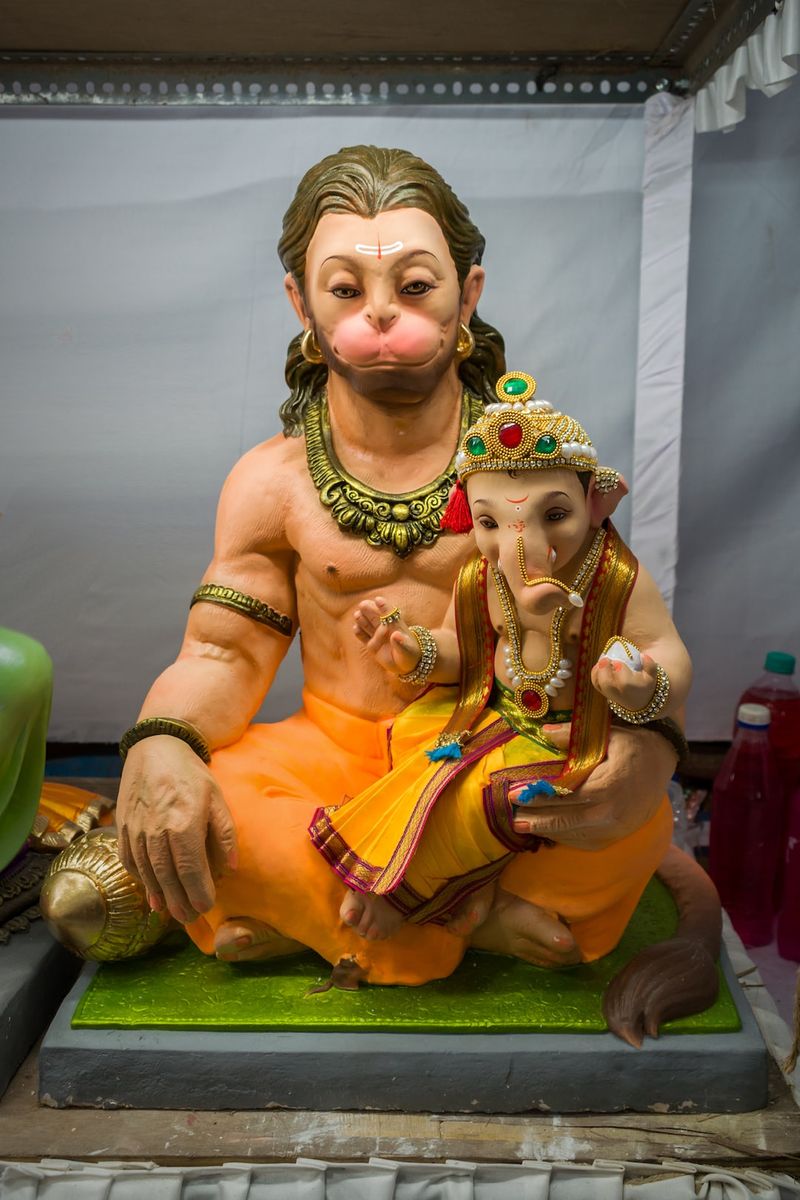Claude Cormier: A Visionary in Landscape Architecture
Introduction
The world of landscape architecture has lost a true visionary with the passing of Claude Cormier. Renowned for his creative and innovative approach, Cormier’s influence on the field cannot be overstated. His unique design philosophy, attention to detail, and commitment to creating awe-inspiring spaces have left a lasting impact on the profession. In this report, we will delve into Cormier’s contributions to landscape architecture, explore his visionary work, and reflect on the legacy he leaves behind.
An Unconventional Approach
Claude Cormier was known for his unconventional and bold designs, pushing the boundaries of what was traditionally expected in landscape architecture. He challenged orthodox notions of how public spaces should look and be experienced, infusing whimsy and playfulness into his projects. His ability to blend art, nature, and functionality was unparalleled, creating spaces that not only delighted the eye but also improved the quality of life for those who inhabited them.
Creating Iconic Spaces
One of Claude Cormier’s most famous projects is the Sugar Beach in Toronto. This vibrant waterfront park, inspired by the city’s history as a major sugar-refining center, features pink umbrellas, white sand, and candy-colored furniture. Through this design, Cormier transformed an industrial site into a place that evokes a sense of joy and nostalgia, while also serving as a gathering space for the community.
Another notable project is the Blue Tree Project in Montreal’s Quartier des Spectacles. Cormier adorned the branches of 200 trees with vibrant blue paint, creating a stunning visual spectacle that transformed the urban landscape. This project not only added a burst of color to the city but also sparked conversations about the importance of trees and nature in urban environments.
A Visionary Legacy
Claude Cormier’s work will continue to inspire and shape the future of landscape architecture. His ability to think outside the box and reimagine public spaces has left an indelible mark on the field. Cormier believed in the power of design to positively impact individuals and communities, emphasizing the importance of creating environments that foster inclusivity, playfulness, and connection with nature.
Philosophical Discussion: the Intersection of Art and Nature
Cormier’s work exemplified the philosophical debate surrounding the intersection of art and nature. He challenged the notion that nature and human-made spaces must be separate, emphasizing instead the symbiotic relationship between the two. By infusing his designs with artistic elements, Cormier brought attention to the beauty inherent in both the natural and the designed world, blurring the boundaries between them. His approach raises important questions about our relationship with the environment and the role of design in shaping our perception of nature.
Editorial: Embracing Innovation in Landscape Architecture
Claude Cormier’s visionary work serves as a call to action for landscape architects and urban planners. It reminds us of the importance of embracing innovation and pushing the boundaries of traditional design approaches. Cormier’s ability to breathe new life into mundane spaces through his creative and playful designs challenges us to question the status quo and explore new possibilities. As we move forward, it is crucial for the next generation of designers to embrace Cormier’s legacy and continue to prioritize the creation of inclusive, engaging, and sustainable public spaces.
Conclusion
Claude Cormier’s contributions to landscape architecture have been transformative. His visionary approach and ability to blend art and nature have elevated the discipline to new heights. As we mourn his loss, we must also celebrate the legacy he has left behind. Cormier’s work encourages us to think differently, challenge conventions, and embrace the limitless potential of design. His impact will continue to be felt for generations to come, as landscape architects draw inspiration from his innovative and imaginative creations.

<< photo by Lucas Hoang >>
The image is for illustrative purposes only and does not depict the actual situation.




